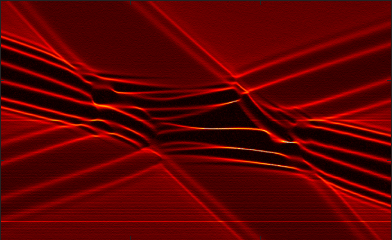Research Areas
Our main research direction is combining superconductivity and the quantum Hall effect (QHE). These two phenomena have been long viewed as mutually exclusive, since the high magnetic field in the quantum Hall regime destroys the time-reversal symmetry required for superconductivity. We have studied superconductivity induced in the quantum Hall state in graphene in a series of works (Amet et al., 2016, Seredinski et al., 2019, and Zhao et al., 2020). The hybrid QHE-superconductor devices are also predicted to host Majorana fermions which may be used for constructing qubits for fault tolerant quantum computation.
The second area of research is in multi-terminal devices. These novel structures are predicted to enable many new physics concepts, such as emulating band structures of topological materials and entangling pairs of Cooper pairs (quartets). We have made the first multi-terminal Josephson junctions in ballistic graphene, and have been recently investigating their dynamics (Arnault et al., 2022). We are interested to further develop multi-terminal Josephson junctions in pursuit of a wide range of non-equilibrium and topological effects.
1D and 0D research in our group focuses on quantum dots made in graphene and carbon nanotubes. In nanotube quantum dots, we have studied the role of dissipative environment in quantum tunneling (Mebrahtu et al., 2013). Dissipation is of fundamental importance in quantum mechanics and is responsible for the transition to the classical behavior. We have been studying quantum phase transitions, Majorana fermions, and other novel states of matter in this system.
The links below expand on these areas of interest for the Finkelstein group.
 Supercurrent in
Supercurrent in  Multi-terminal
Multi-terminal  High frequency measurements
High frequency measurements Dissipative quantum dots
Dissipative quantum dots